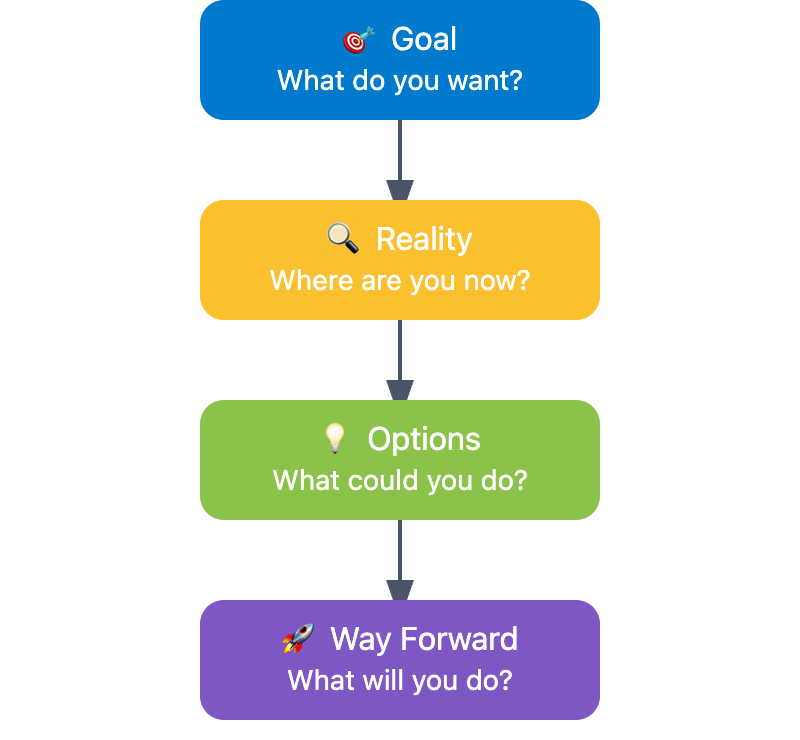In this unit, we will explore how to transform fear into a powerful motivator for growth and innovation. Fear is a natural response to change, but it doesn't have to be a barrier. By understanding its sources, reframing it as a motivator, and offering actionable steps, you can guide your team through uncertainty with confidence.
Understanding the root causes of fear is the first step in transforming it. Fear often stems from uncertainty, perceived risks, or a loss of control. For example, a team member might feel anxious about an upcoming presentation due to uncertainty about the audience's reaction or fear of making mistakes. By identifying these sources, you can better support your team. Encourage open discussions to uncover these fears, and use this understanding to address them constructively.
Once you've identified the sources of fear, the next step is to reframe it as a motivator. Fear can drive individuals to prepare more thoroughly, think creatively, and push beyond their comfort zones.
Let's explore a dialogue between two colleagues to see how fear can be transformed into a motivator.
- Jessica: I'm really nervous about the presentation next week. What if I mess up in front of everyone?
- Ryan: I understand how you feel, Jessica. It's normal to be anxious, but remember, this is a chance to showcase your hard work.
- Jessica: I know, but the thought of speaking in front of so many people is terrifying.
- Ryan: How about we break it down into smaller parts? You can practice each section separately, and I'll help you rehearse.
- Jessica: That sounds helpful. I just don't want to let the team down.
- Ryan: You're well-prepared, and this is an opportunity to shine. Let's focus on one step at a time.
In this dialogue, Ryan demonstrates how to transform fear into motivation by acknowledging Jessica's feelings and offering practical steps to manage her anxiety. This approach helps Jessica feel supported and more confident in facing the challenge.
To effectively transform fear and hesitation into motivation and action, provide your team with actionable steps. Break down daunting tasks into manageable parts, encourage practice in a safe environment, and set realistic goals. To achieve this, you can try to implement the GROW framework as a a helpful tool:
- Goal: Define what you want to achieve. For example, "Deliver a confident and engaging presentation."
- Reality: Assess the current situation. Identify any obstacles or fears, such as "I feel nervous about public speaking."
- Options: Explore different strategies to overcome these obstacles. Consider options like "practice in front of a small group first" or "focus on one key message to convey."
- Way Forward: Commit to a plan of action. Decide on the steps you will take, such as "rehearse daily for a week" or "seek feedback from a colleague.

By transforming fear into opportunities for growth and learning, you can lead your team through change with a positive mindset, turning potential obstacles into opportunities for growth and innovation. In the upcoming role-play session, you'll have the chance to practice these concepts and guide a team member in using fear as a motivator.
